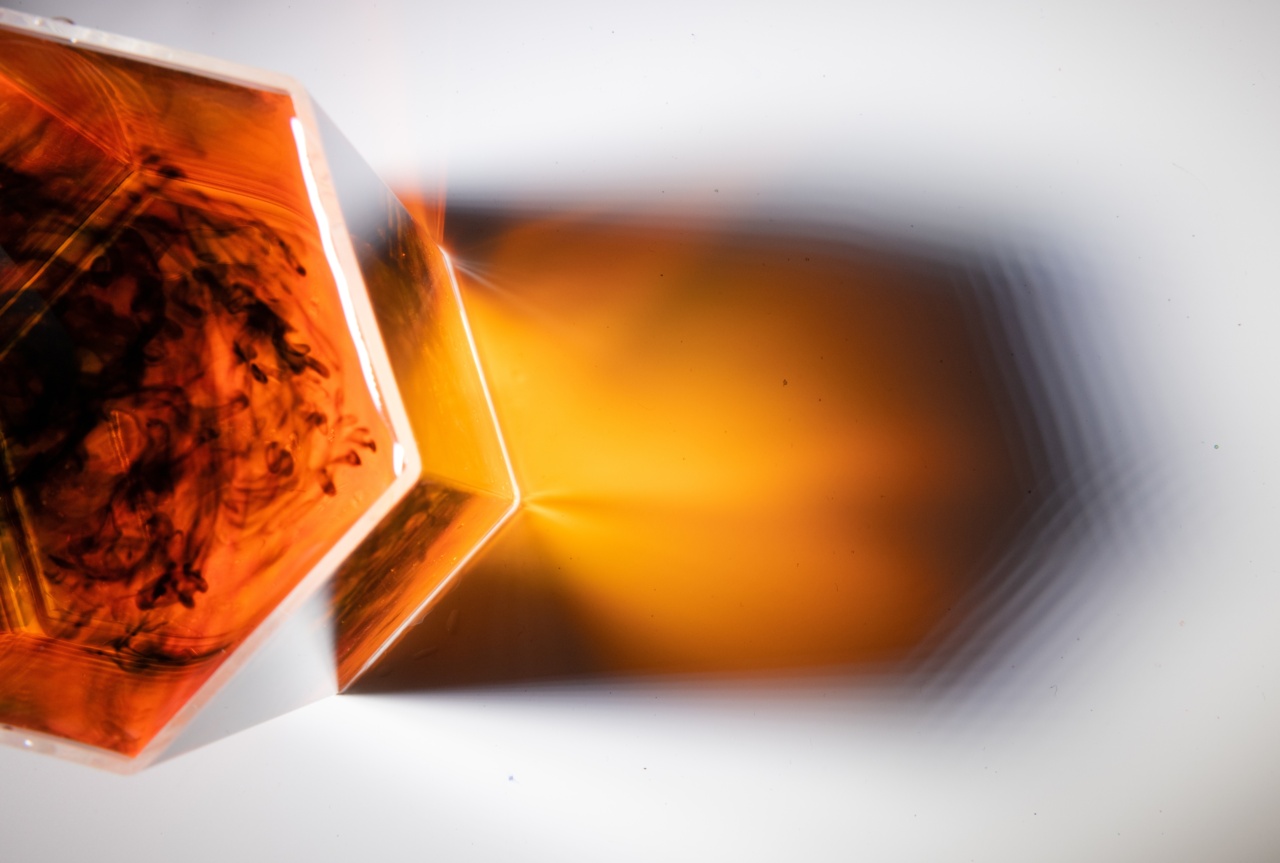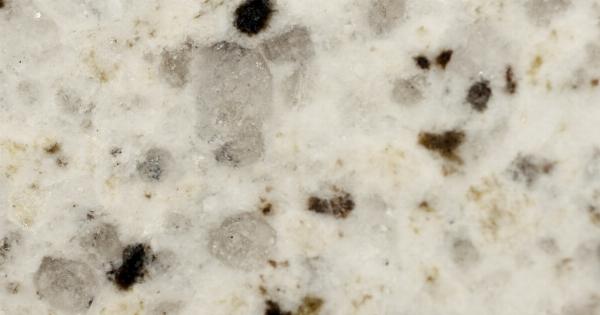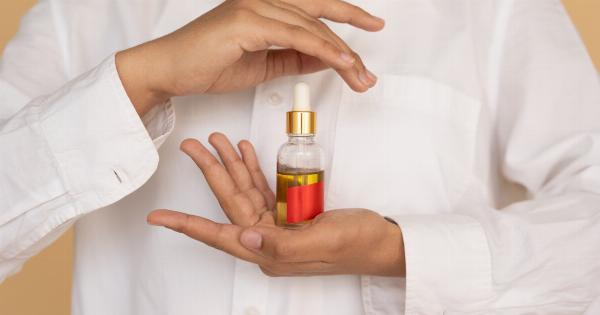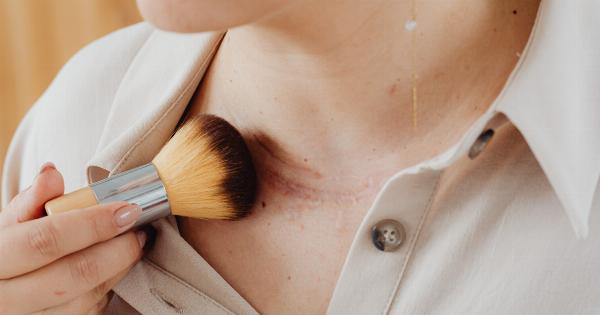Black spots, also known as hyperpigmentation, can be frustrating for many people. Though they are not harmful, they can affect your self-esteem and confidence.
The good news is that there are strategies that can help you eliminate black spots and restore your skin’s health. In this article, we will discuss the top two strategies recommended by dermatologists.
Strategy 1: Chemical Peel
A chemical peel is an effective treatment that is widely used to get rid of black spots, acne scars, and other skin imperfections.
It involves the application of a chemical solution to the skin, which exfoliates the top layer of the skin, revealing a fresh layer underneath. There are several types of chemical peels, each with varying strengths and ingredients.
The Different Types of Chemical Peels
Superficial Peel: This is the mildest form of chemical peel. It involves the use of a mild acid, such as alpha-hydroxy acid (AHA), to exfoliate the top layer of the skin.
This peel is safe to use on all skin types and can be used to reduce the appearance of fine lines, wrinkles, and black spots.
Medium Peel: This type of chemical peel uses glycolic acid or trichloroacetic acid (TCA) to penetrate the middle layer of the skin.
This peel is recommended for individuals with mild to moderate skin imperfections, such as acne scars and sun damage.
Deep Peel: This is the strongest type of chemical peel and is recommended for individuals with severe skin imperfections, such as deep wrinkles, acne scars, and deep-set black spots.
This peel involves the use of phenol acid, which penetrates deep into the skin to remove damaged skin cells and stimulate collagen production.
The Benefits of Chemical Peels
If you are considering a chemical peel to eliminate black spots, here are some benefits you can expect:.
- Improved skin texture.
- Reduced appearance of fine lines and wrinkles.
- Improved skin tone and radiance.
- Reduced acne scars and other skin imperfections.
The Risks of Chemical Peels
There are some risks associated with chemical peels, including:.
- Redness and irritation.
- Sensitivity to sunlight.
- Infection.
- Changes in skin color.
- Scarring.
It is important to discuss these risks with your dermatologist before undergoing a chemical peel.
Strategy 2: Topical Treatments
Topical treatments are another effective strategy for eliminating black spots. These treatments contain active ingredients that work to lighten and brighten the skin, reducing the appearance of black spots.
Here are some of the most common ingredients used in topical treatments:.
- Hydroquinone: This is a powerful skin lightening agent that can reduce the appearance of black spots within a few weeks.
- Kojic Acid: This is a natural ingredient derived from mushrooms. It works by inhibiting the production of melanin, the pigment that gives skin its color.
- Retinoids: These are derivatives of vitamin A that can help to exfoliate the skin, reducing the appearance of black spots.
The Benefits of Topical Treatments
Topical treatments can offer the following benefits:.
- Safe for all skin types.
- Easy to use.
- Affordable.
- No downtime or recovery period.
The Risks of Topical Treatments
There are some potential risks associated with topical treatments, including:.
- Skin irritation and redness.
- Skin dryness and flakiness.
- Infection.
- Changes in skin color.
It is important to talk to your dermatologist before starting any topical treatment to determine if it is right for you.
Conclusion
Black spots can be a frustrating skin issue, but there are several effective strategies for eliminating them. Chemical peels and topical treatments are two of the most commonly recommended strategies by dermatologists.
It is important to consult with a dermatologist to determine which strategy is best for your skin type and condition.





























